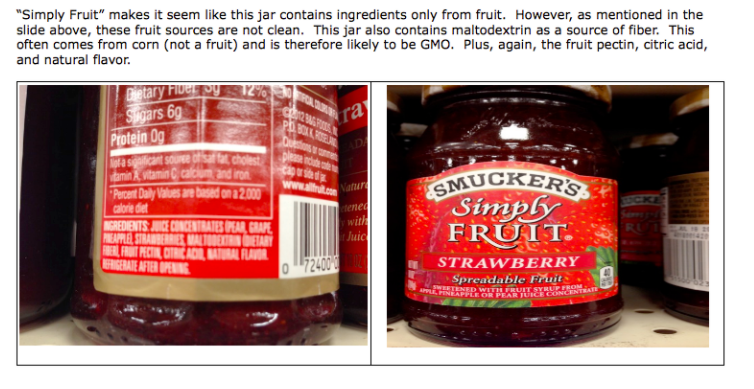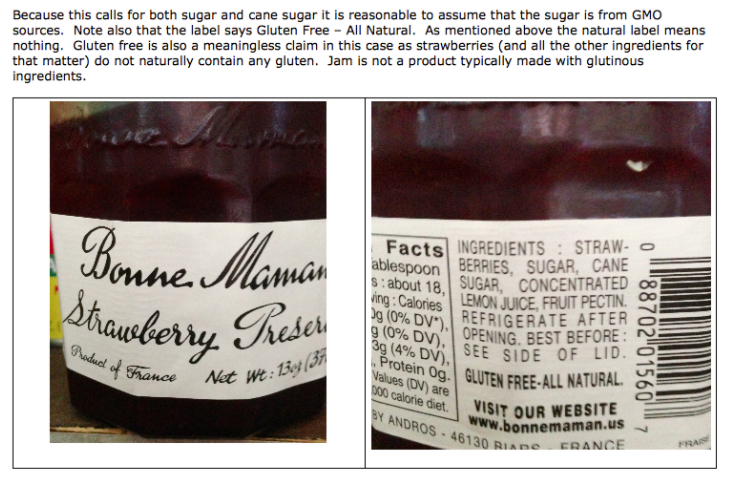Trisodium phosphate (TSP) is an industrial cleaning product used as a degreasing agent, mildew remover and lead abating agent and to clean interior and exterior walls before painting. Because of its alkalinizing cleaning properties, TSP was used in dishwashing soap and laundry detergent until it was phased out in 2011 after the EPA found it was harmful to the environment. The Clean Water Act, published by the EPA, lists TSP as a “Hazardous Substance” while the Center for Disease Control (CDC) recommends to “Avoid All Contact." The CDC lists these TSP ingestion symptoms: abdominal pain, burning sensation, shock, or collapse.
If the EPA says TSP is hazardous to the environment and the CDC tells us to avoid all contact, why does the FDA allow it in our food and personal care products?
Why is TSP used in our food?
TSP is most commonly used to reduce the acidic nature of foods, especially breakfast cereals, as it modifies cereal color and aids in the cereal’s flow through the extruder. Other uses are:
- Added to meat to retain moisture during storage and cooking.
- Acts as a leavening agent to “fluff up” foods like cakes, breads and baked goods.
- Added to cheese to help keep its shape and melting properties.
TSP is also used as an antimicrobial cleaner for washing produce. Poultry is dipped in a TSP solution to potentially kill off bacteria.
Why should you avoid food with TSP?
Studies have shown that ingesting high levels of phosphate (the major mineral in TSP) can cause kidney damage, soft tissue calcification and removal of calcium from bones. Chronic high levels of phosphate intake can result in osteopenia and ultimately osteoporosis. TSP also irritates the stomach and intestinal lining as well as reduces lactic acid in muscles.
What foods commonly contain TSP?
Breakfast cereals seem to be the products that most commonly contain TSP. Note that you may also see Sodium Phosphate, Disodium Phosphate or Tripotassium Phosphate on the label instead of Trisodium Phosphate. These also cause the same health problems as TSP.
|
|
|
|
* These cereals have either trisodium or tripotassium phosphate (TPP). TPP is just as harmful as TSP.
Check out this slideshow of popular breakfast cereals that contain TSP.
[easingslider id="2715"] The FDA has approved 70 mg/kg of body weight as the maximum tolerable limit of TSP that a person should ingest per day. (For a 150 lb person, this translates to 4,772 mg/day).
With TSP in all of these foods, we have no idea if we’re ingesting more than the maximum tolerable limit. So just to be safe, stay away from all foods containing TSP.
































